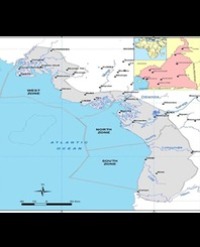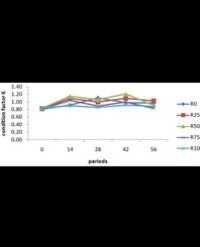
Reconstruction of Historical Fisheries Profile of Cameroon
This work attempts to reconstruct historical fisheries profile by filling in the missed underestimated catch information for some reasons of industrial fishing, artisanal fishing, inland fishing, illegal fishing, discards and aquaculture production of Cameroon from 1950 to 2016.This reconstruction was carried out based on data published by various authors, the Ministry of Fisheries and Livestock (MINEPIA), the Limbe Research Center on Fisheries and Oceans and FAO reports. The dataset allowed us to reconstruct the fishing profile of Cameroon by completing the missing data by interpolation. Then we compare the data obtained with those of FAO. Reconstructed catches were estimated at 13,834 tons and aquaculture production was estimated at 19 tons in 1950 compared to 12,000 tons and 14 tons published by FAO, With the agricultural reforms and development of projects focused on the primary industry, catches increased around 94,122 tons in 1977(compared to 70,167 tons reported by the FAO) to 102,975 tons in 1981(compared to 79,761 tons reported by the FAO), declined to 78,790 tons in 1986 because of the reduction of the Exclusive Economic Zone of Cameroon (EEZ) by the geographical presence of the insular part of Equatorial Guinea (Malabo Island), then increased to 186,204 tons in 2005(compared to 142,345 tons reported by the FAO), declined to 154,800 tons in 2008(compared to 129,000 tons reported by the FAO). Since 2011 it became stable and reached around 240,000 tons against 220,000 tons published by FAO. Overall, there are discrepancies between the reconstructed data and the data provided to FAO: the reconstructed data is 30% higher than the FAO data. This information about fisheries production in Cameroonian waters shows that many locals, fisheries managers and stakeholders depends on fish products for either incomes or food safety; therefore, the recent decline of fish production in Cameroon is of no good sign to the abovementioned persons. These observed fish production decline indirectly threatens the food security of the people of Cameroon and low financial income to the state coffers.
Nyatchouba Nsangue Bruno Thierry, Richard Kindong and Liuxiong Xu*

